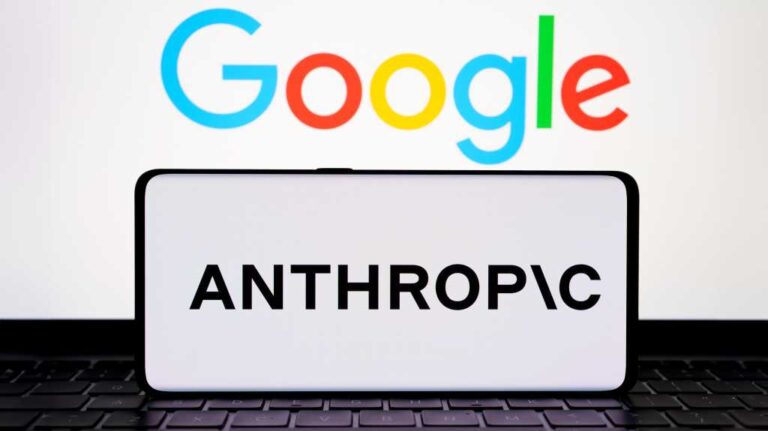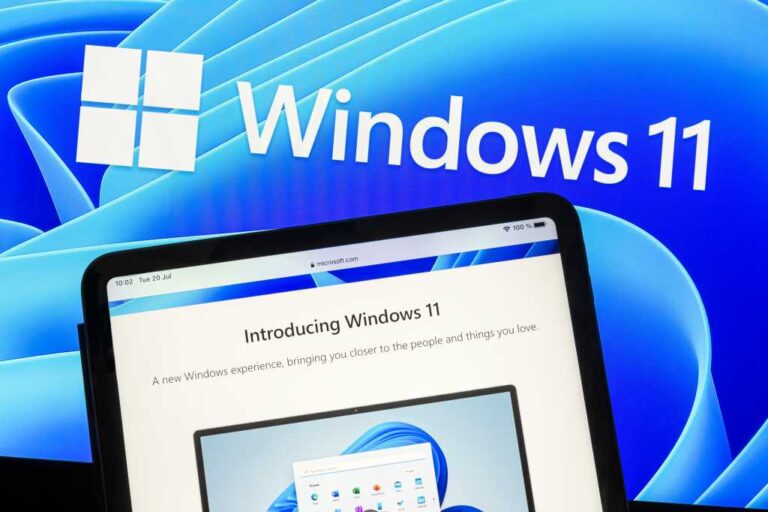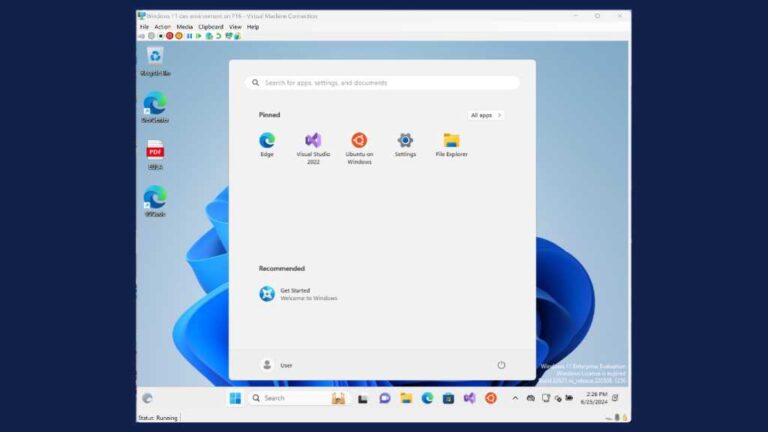Billion-dollar fine against Intel annulled, says EU Court of Justice
When the European Commission ruled in 2009 that Intel had broken European Union antitrust laws and fined it €1.06 billion (US$1.44 billion at the time), it was just the beginning of a 15-year saga.
That saga ended Thursday with the European Court of Justice dismissing the Commission’s appeal of an earlier judgement against it, and ordering it to pay all costs. Intel is now off the hook for that billion-euro fine, now worth US$1.15 billion at current exchange rates.
The story began with an investigation into alleged anti-competitive practices by Intel that resulted in the 2009 judgement in which the Commission ruled that the company had engaged in practices to exclude competitors from the semiconductor market, citing rebates granted to computer manufacturers on the condition that they buy all or most of their processors from Intel.
In its judgement, the Commission fined Intel €1.06 billion and ordered it to cease the business practices it had deemed illegal at once.
Intel immediately said it would appeal.
In 2014, Intel lost its appeal of the ruling and was ordered by the EU’s General Court to comply with the conditions of the 2009 judgement. However, it had two months to challenge the decision based on points of law, and it duly filed an appeal with the Court of Justice.
In 2017, the Court of Justice tossed out the Commission’s judgement, saying that the General Court did not examine all of Intel’s arguments as it was required to do. “The Court therefore sets aside the judgment of the General Court as a result of that failure in its analysis,” it concluded, referring the case back to the General Court “to examine, in the light of the arguments put forward by Intel, whether the rebates at issue are capable of restricting competition.”
But that wasn’t the end of it.
In 2022, the General Court, after thoroughly reviewing the arguments from both sides, ruled, “the analysis carried out by the Commission is incomplete and, in any event, does not make it possible to establish to the requisite legal standard that the rebates at issue were capable of having, or were likely to have, anticompetitive effects, which is why the General Court annuls the decision.”
Although it only annulled part of its original decision, it concluded that it could not identify how much of the fine relate to that part of the decision, and how much to the part it upheld, and so decided to annul the fine in its entirety.
The Commission was not pleased with this ruling and, supported by the Federal Republic of Germany, appealed.
Which brings us to the current ruling, which eliminated the fine and ordered Germany and the Commission to pay their own costs and those of Intel and its intervenors, the Association for Competitive Technology and the French consumer rights group Union Fédérale des Consommateurs – Que Choisir.
After the decision’s announcement, Intel issued a brief statement, saying “We are pleased with the judgment delivered by the Court of Justice of the European Union today and to finally put this part of the case behind us.”
A good day
While the judgement was good news for Intel, analysts feel that it still isn’t out of the woods.
“Any day when you don’t have to pay a €1.06 billion fine has got to feel like a good day, so for beleaguered tech giant Intel, you’d think this would be an awesome day!” said John Annand, practice lead at Info-Tech Research Group, in an email. “Intel has had a bit of an optics problem lately with persistent chip defects in their high-end processors, disappointing quarterly financials and manufacturing quality control problems plaguing their foundry business. These same fabs [chip fabrication facilities] that Pat Gelsinger has pointed to as the key to Intel’s long-term success and that he’s been so effective at securing US Federal grant money to have them built on American soil. It would be very bad optics indeed if Intel could be seen as using US government grant money to pay a European Union fine.”
Anshel Sag, VP & principal analyst, Moor Insights & Strategy, also noted that it would have been difficult proving lasting competitive harm.
“While I do believe that European regulators believe they have the consumers best interests in mind, they are at times a bit gung-ho,” Sag said in an email. “I believe that part of the ruling’s purpose was to establish better competition and ensure a more level playing field, and considering the market conditions with AMD, Nvidia and Qualcomm giving Intel real competition, it may be harder to prove the lasting harm some of these policies may have caused. That said, it definitely seems interesting that this still was in the courts and has been dragged out so long that the legal fees must be astronomical.”
Although Intel has finally prevailed, Annand said, it still has a long way to go in today’s marketplace.
“It’s not all upside. Intel appealed this decision back in 2009 arguing that the ‘reality of a highly competitive marketplace, characterized by constant innovation, improved product performance and lower prices,’” he said. “How true those words were! Who in 2009 would have foreseen the realities of the current marketplace? Nvidia, Arm, Qualcomm TSMC, even Broadcom, [are] challenging and eclipsing a once perceived monopolistic player.”







